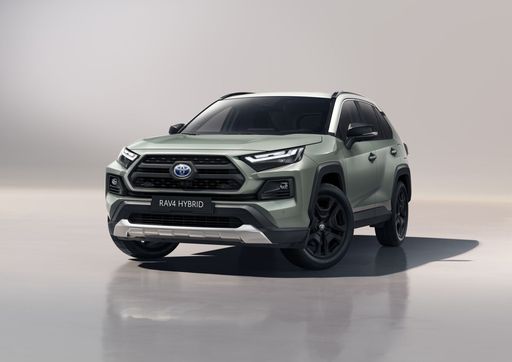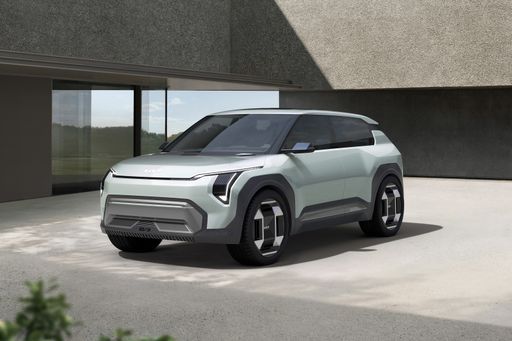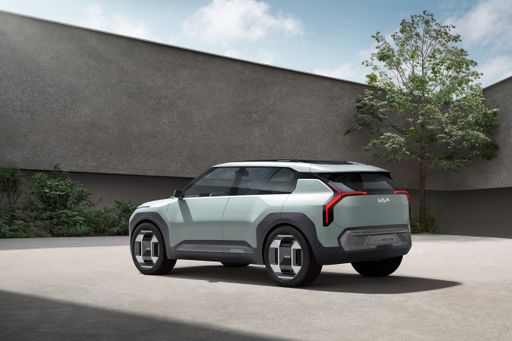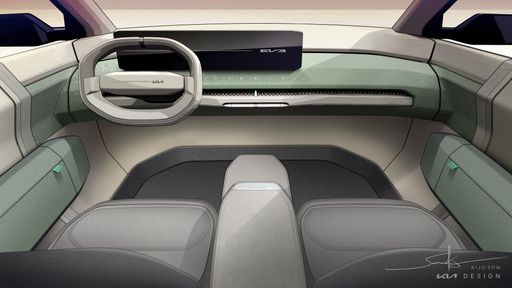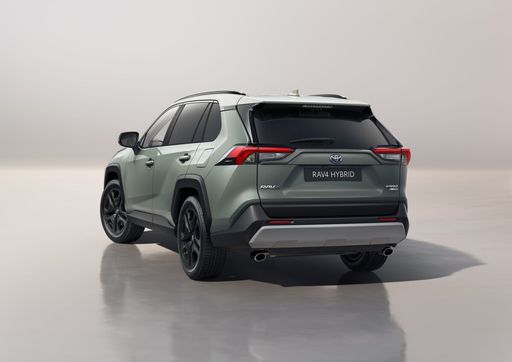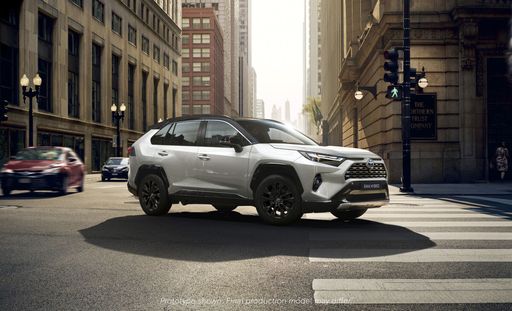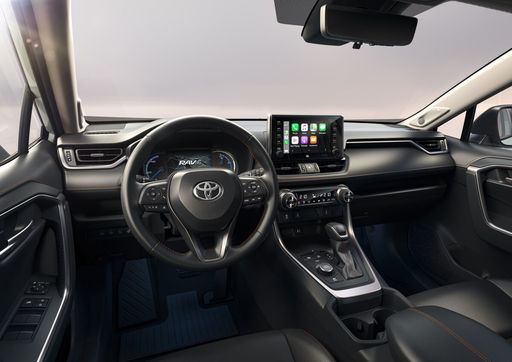Introduction: A Clash of Titans
In the ever-evolving landscape of automotive technology, electric vehicles (EVs) and hybrids are taking center stage. This brings us to the head-to-head comparison of two prominent contenders in the SUV category: the all-electric Kia EV3 and the iconic Toyota RAV4, which offers both hybrid and plug-in hybrid options. Both vehicles boast innovative designs, performance capabilities, and cutting-edge technology. In this article, we’ll delve into the technical aspects of each model, highlighting what makes them stand out in their respective fields.

